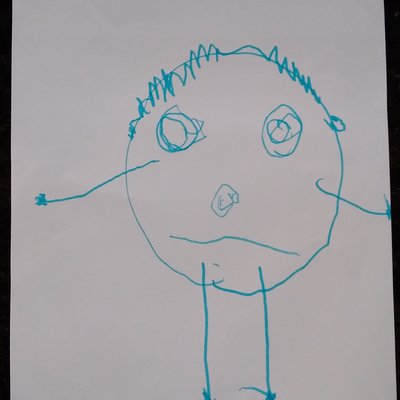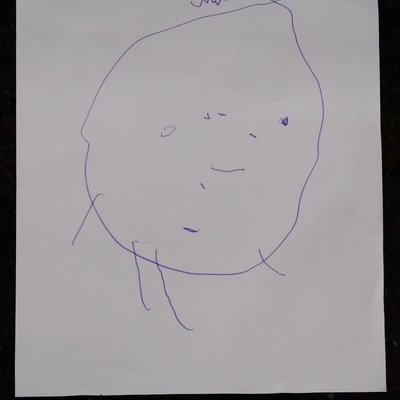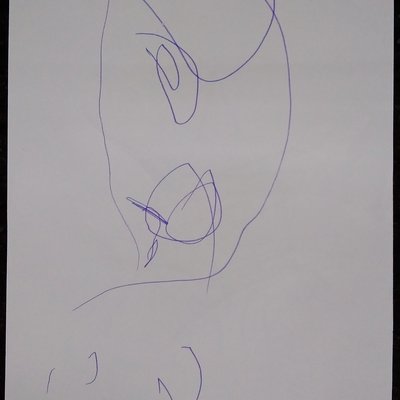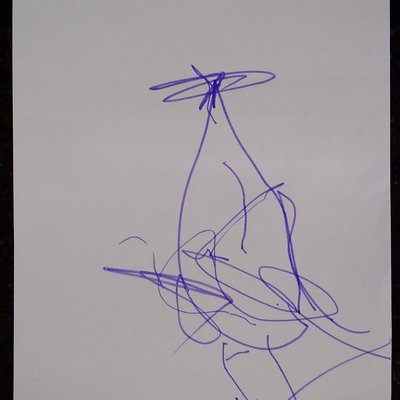The Power of the Scribble

22nd November 2025
Children in Crèche have been practising early writing through scribbles and mark-making activities. To adults, these marks may look like “just a scribble,” but to a toddler who has spent two or three focused minutes drawing or writing, those marks hold real meaning. They represent ideas, feelings, and early attempts at communication. This leads us to an important question: Why is mark-making so valuable for young children?
Mark-making activities such as gripping a chunky crayon, holding a paintbrush, or pinching and pressing playdough help strengthen the small muscles in the hands, wrists, and fingers. These actions develop the pincer grip (using the thumb and index finger), which is essential for holding a pencil correctly as they progress through the early years.
For very young toddlers, marks often come from movements of the shoulder and elbow, using broad, sweeping strokes on large surfaces like big sheets of paper or outdoor walls. These large movements help to build core strength and stability, laying the foundation needed for more refined fine-motor skills later on.


As children explore mark-making, they also develop hand–eye coordination. They learn to control what their hands are doing while watching the marks appear—an important skill not only for writing, but also for everyday tasks such as using cutlery, buttoning clothes, or catching a ball.
Most importantly, children begin to understand that the marks they make can represent something meaningful. A scribble might be “Mummy,” a circle might become a “ball,” and a few lines might be a “road.” Through these early marks, children are learning to express themselves, share ideas, and make sense of the world around them.


Mark-making is more than art—it is communication, exploration, physical development, and the first step on the journey toward writing.




